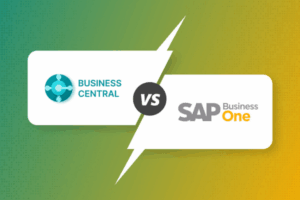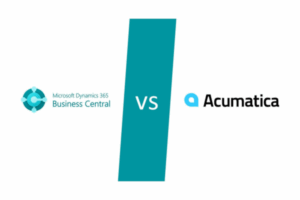Why Inventory Management Is Tougher in Chemical Manufacturing
Unlike other industries, chemical manufacturing has unique inventory challenges:
- Many raw materials expire or degrade
- Some require strict storage conditions or hazardous handling protocols
- Tracking inventory by lot, location, and expiration date is non-negotiable
- Long lead times and variable demand make planning harder
Without accurate, up-to-the-minute data, it’s easy to overbuy or run out at the worst time. That’s why ERP prevents stockouts and overstock in chemical manufacturing more effectively than manual or legacy systems ever could.
How ERP Prevents Stockouts in Chemical Manufacturing
ERP platforms help you avoid production delays by ensuring you always have the materials you need when and where you need them.
Real-Time Inventory Visibility
With ERP, you can see inventory levels across all warehouses, tanks, and storage areas in real time. That means no more surprises during production runs. Planners and procurement teams can act before a shortage disrupts a batch.
Automated Reorder Points and Alerts
You can set safety stock levels and reorder triggers that fit your specific materials and usage patterns. When a threshold is reached, or if consumption suddenly spikes, your ERP sends alerts and can even automate the purchase order.
Tied to Production Planning
ERP prevents stockouts and overstock in chemical manufacturing by connecting inventory data to production schedules. When batch jobs are created, the system checks for material availability and adjusts purchasing automatically.
How ERP Prevents Overstock in Chemical Manufacturing
Overstock might seem like a lesser evil but it’s expensive. Extra materials take up space, increase risk of expiration, and tie up capital. ERP solves for that too.
FEFO/FIFO Inventory Logic
Chemical ERPs use First-Expired-First-Out (FEFO) and First-In-First-Out (FIFO) inventory logic. This ensures the oldest and often most urgent materials are used first, reducing spoilage and compliance risks.
Lot-Level and Location-Specific Tracking
Your ERP tracks inventory by lot number and location, so you can see exactly what’s sitting where and for how long. This visibility helps you avoid redundant purchases and identify slow-moving stock before it becomes waste.
Forecast-Driven Purchasing
ERP prevents stockouts and overstock in chemical manufacturing by tying inventory management to demand forecasts and sales orders. Instead of guessing how much to order, your system uses data to make smarter decisions.
Additional Ways ERP Prevents Stockouts and Overstock in Chemical Manufacturing
In addition to the core features we’ve covered, ERP systems offer other powerful tools that support chemical manufacturers in maintaining optimal inventory levels.
Supplier Management and Lead Time Insights
ERP systems help chemical manufacturers better manage supplier performance by tracking delivery times, lead time variability, and order accuracy. With this data, procurement teams can make informed decisions about when and how much to order, reducing the chances of running out of critical materials.
Inventory Categorization and Prioritization
Not all inventory carries the same risk or urgency. ERP systems allow for categorization by criticality, shelf life, storage condition, and usage frequency. This level of control helps teams prioritize high-risk inventory items for more frequent review and adjustment.
Mobile Access and Barcode Scanning
Mobile ERP features and barcode scanning capabilities allow warehouse staff to record inventory movements in real time, reducing data entry errors and delays in stock updates. This ensures decision-makers are always working with current information, which is key to avoiding stockouts and overstock.
More Benefits of ERP Inventory Management for Chemical Manufacturers
In addition to preventing shortages and excess, ERP improves:
- Audit readiness: Lot tracking and expiration logs are always current
- Regulatory compliance: No more scrambling for SDSs or GHS labels
- Working capital: Reduce inventory carrying costs and free up cash
- Production uptime: Materials are available when and where they’re needed
Read More: Top Compliance Challenges in Chemical Manufacturing (And How ERP Helps)
Take Control of Your Chemical Inventory
Stockouts stop production. Overstock eats profits. Both are avoidable.
A modern ERP system gives chemical manufacturers the tools to plan accurately, track precisely, and act proactively. In short, ERP prevents stockouts and overstock in chemical manufacturing by putting you in control.
📌 Related Reading: The Ultimate Guide to ERP for Chemical Manufacturing





